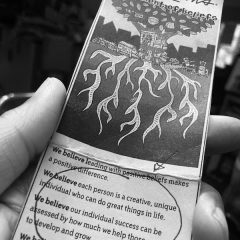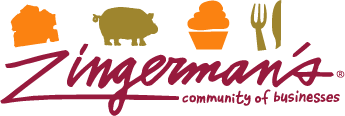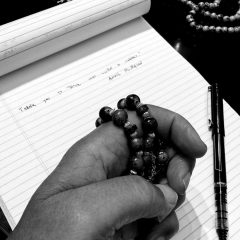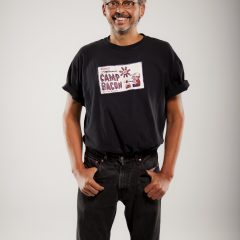
The Seemingly Small Act of Knowing People’s Names Can Make a Big Difference
Honor our colleagues and improve our organizational culture In 1980, a couple years before we opened the Deli, the psychologist Carl Rogers wrote his classic A Way of Being. Rogers, who was born in 1902, the same year the Deli’s building was built, concluded that the country was moving towards a new future—one in which […]
Read more »




Zingerman’s Art for Sale